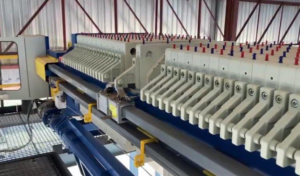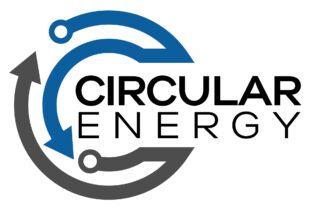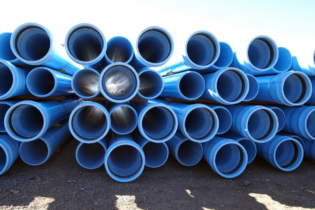Maximum output, minimum waste is a mantra for every manufacturing process. And nearly every manufacturing process uses water and has a waste stream in some form, which could include sludge.
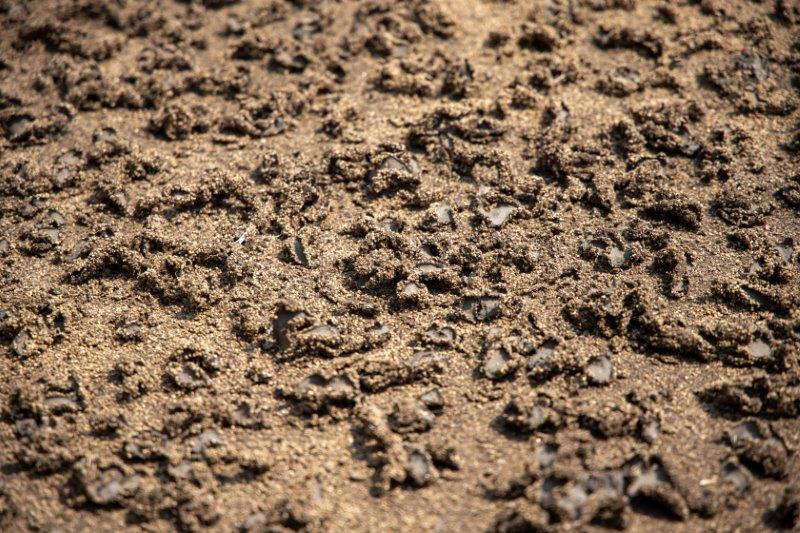
Sludge is one of the main waste streams or by products generated from water purification, for both water for drinking and wastewater for environmental discharge. It is usually generated from domestic wastewater treatment works (WWTWs), domestic water treatment works (WTWs), and industrial wastewater treatment plants.
- WWTW – this sludge is a mixture of mostly organic content, microorganisms and a small amount of inorganic content.
- WTW – typically when treating surface water, there is a sedimentation or clarification step where chemicals (such as flocculants and coagulants) are used to bind all water impurities, creating a sludge that settles.
- Industrial processes that produce wastewater – this sludge will mostly comprise (depending on what is manufactured) inorganic content like heavy metals and salts.
“The volume and quality of sludge produced depends on the water source (surface water, domestic wastewater, industrial wastewater). If the source is good, there will be fewer impurities and less sludge,” says Wing Fung, engineering manager, Watericon.
He adds that companies want minimal waste, treatment with as few chemicals as possible, and water at the correct standard required for industrial processes, reuse, and discharge.
“After we have assessed a customer’s needs, raw materials, water sources, and processes, Watericon will present different design options for a customer, and inevitably choices must be made between cost, the amount of chemicals used, water quality, as well as volumes
and quality of sludge.”
“After we have assessed a customer’s needs, raw materials, water sources, and processes, Watericon will present different design options for a customer, and inevitably choices must be made between cost, the amount of chemicals used, water quality, as well as volumes
and quality of sludge.”
Treatment options
Sludge comprising particulates or components that are dangerous to the environment must be treated before disposal. The more hazardous the sludge, the more costly it is to treat that sludge. Conversely, if the sludge is not harmful, the company or institution may have a permit where it can be dumped back into a water source or used within the site for other applications.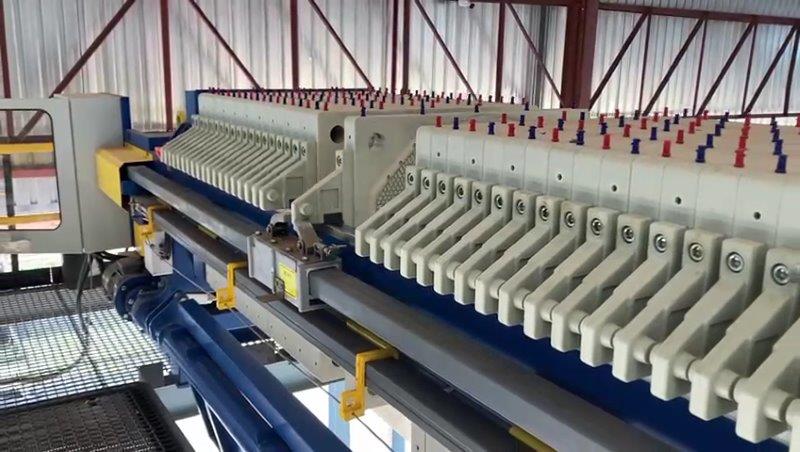
End products
Domestic wastewater sludge is generally biodegradable and, in most cases, can be used in agriculture as a fertiliser or soil conditioner; phosphorus and nitrogen are often recovered. In certain applications, sludge (depending on its organic content) can be used for biogas generation. Industrial sludge can produce a salt or gypsum from softening-type processes and can be used in industrial applications such as concrete manufacturing. Sludge produced in the mining process often has high amounts of recoverable minerals like nickel and cobalt and there is a lot of research on the recovery of these minerals.
“Today, companies and institutions have sustainability goals and want to ‘close the loop’. Water recovered from a plant is often reused, as well as sludge. Watericon is increasingly involved in projects with zero or minimal liquid discharge and zero waste. We often help companies comply with regulations and legislation, and can assist in redesigning an entire wastewater treatment process so that the output (sludge and wastewater) can comply
with regulations,” concludes Fung.
with regulations,” concludes Fung.


